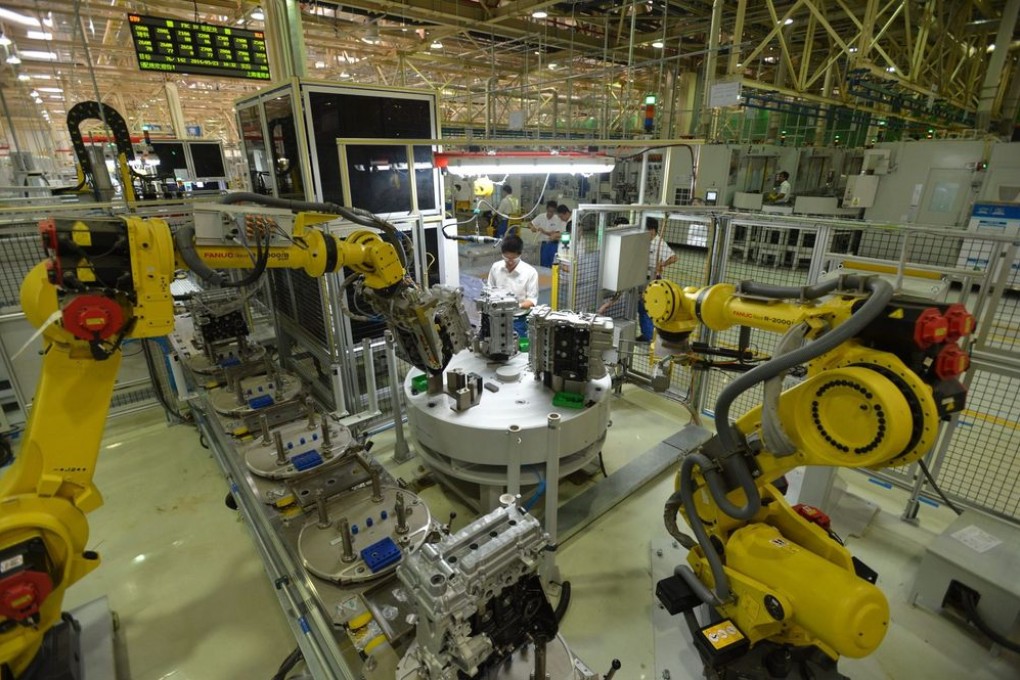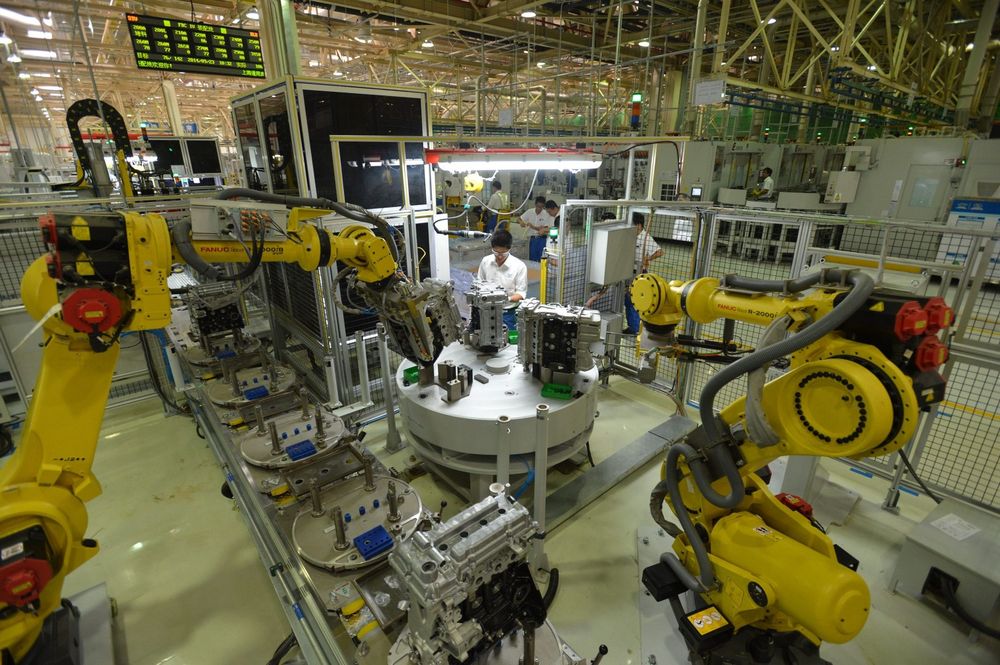Forget Silicon Valley: Innovators drawn to ‘dream city’ Shenzhen to make things happen
Can-do and innovative infrastructure spirit draw world's manufacturers to 'Dream City'


Grassroots hardware innovators from around the world have been drawn to Shenzhen for one reason: its capacity to produce. Prototypes and products are easier and cheaper to develop and roll out here than anywhere else on the planet, and a vibrant international community of hardware innovators have formed around the city’s electronics markets, startup incubators, and factories.
“It's become [the go-to place] for people who make hardware projects that they want to make into products,” says Mitch Altman, the founder of NoiseBridge, one of the first makerspaces, or innovation houses, in the United States.
“In the old days, if you wanted to be innovative [or] have the latest technology, you would go to Silicon Valley for electronics ... But today it’s Shenzhen. Because of all of this open innovation, it's becoming the new place for everybody to gather,” says David Li, the co-founder of China’s first makerspace, XinCheJian.
Shenzhen became a global epicentre of hi-tech design and production by combining all aspects of the supply chain, design, and manufacturing processes in one place. It is the world's largest manufacturer of electronics, being the home of huge contract manufacturers such as Foxconn; big companies such as Tencent, BYD, Huawei, and ZTE; as well as a vibrant grassroots manufacturing ecosystem that is full of tens of thousands of smaller factories, design houses, and product integrators.
In 2014, The Economist declared southern China as the best place in the world for a hardware innovator to be, and successful companies such as Coolpad, Dingoo, and G'Five International all got their starts there. Silvia Lindtner is a professor at the University of Michigan who has researched the maker movement on the mainland. She says Shenzhen is so unique and effectual because it has various models of design and production sitting side by side and feeding from each other.
“Shenzhen didn’t create a uniform. 'This is what making means here'. Instead, the city embraced the many different forms of production that had evolved there and function parallel to each other," Lindtner says. "So Shenzhen is a city characterised not only by large scale, big brand forms of mass-manufacturing, but also small, independent factories.” These small manufactures are a boon for makers.
